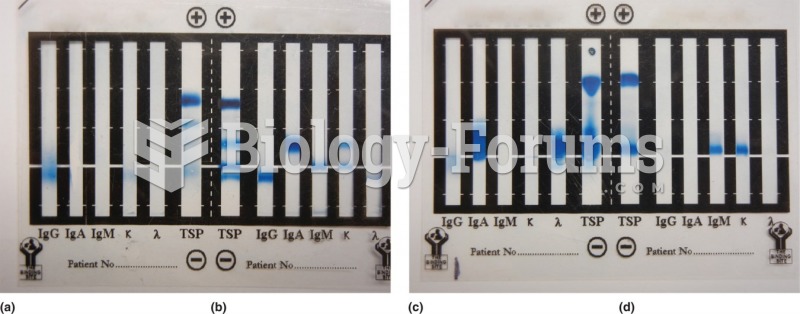The recommended total fiber intake for a 5-year-old is _____ g/day.
a. 10
b. 15
c. 20
d. 25
e. 30
Question 2
Mrs. Wylie is a 78-year-old Caucasian woman who lives alone in a small, one-story home she and her husband purchased several ago before he died. She lives on social security income and her deceased husband's corporate pension, and is financially secure. Though she is in relatively good health, she has been having increasing difficulty walking for the past several years, which has been attributed to peripheral vascular disease. She complains of weakness and pain in her legs, and a loss of feeling in her fingers and feet. She also suffers from occasional constipation. She is happiest just doing her activities of daily living, such as preparing breakfast, lunch, and a late-afternoon snack, then relaxing in her living room until it is time for bed. She has a good relationship with her adult children, who have been discussing with her the possibility of hiring a visiting nurse as her mobility declines. Her children takes turns visiting on Sundays, when they help with her shopping, laundry, and other tasks, but none live close enough to visit daily, and Mrs. Wylie sometimes goes a week without seeing another person. Lately, Mrs. Wylie has been cutting back on drinking water (or any beverages) to save trips to the bathroom. When mild dehydration was noted at a recent visit to the doctor, Mrs. Wylie told her doctor she would try to drink more often, but she is rarely thirsty. She takes seven different prescription and/or over-the-counter medications daily, including a proton pump inhibitor drug for long-standing GERD, and a calcium with vitamin D supplement.
The following statement by Mrs. Wylie indicates she will take measures to maintain hydration status:
a. I will try to drink more often throughout the day.
b. I will try to drink a measured amount of water, juice, or milk each day.
c. I will have my hydration status monitored at each medical appointment.
d. I will drink water, juice, or milk each time I am thirsty.







